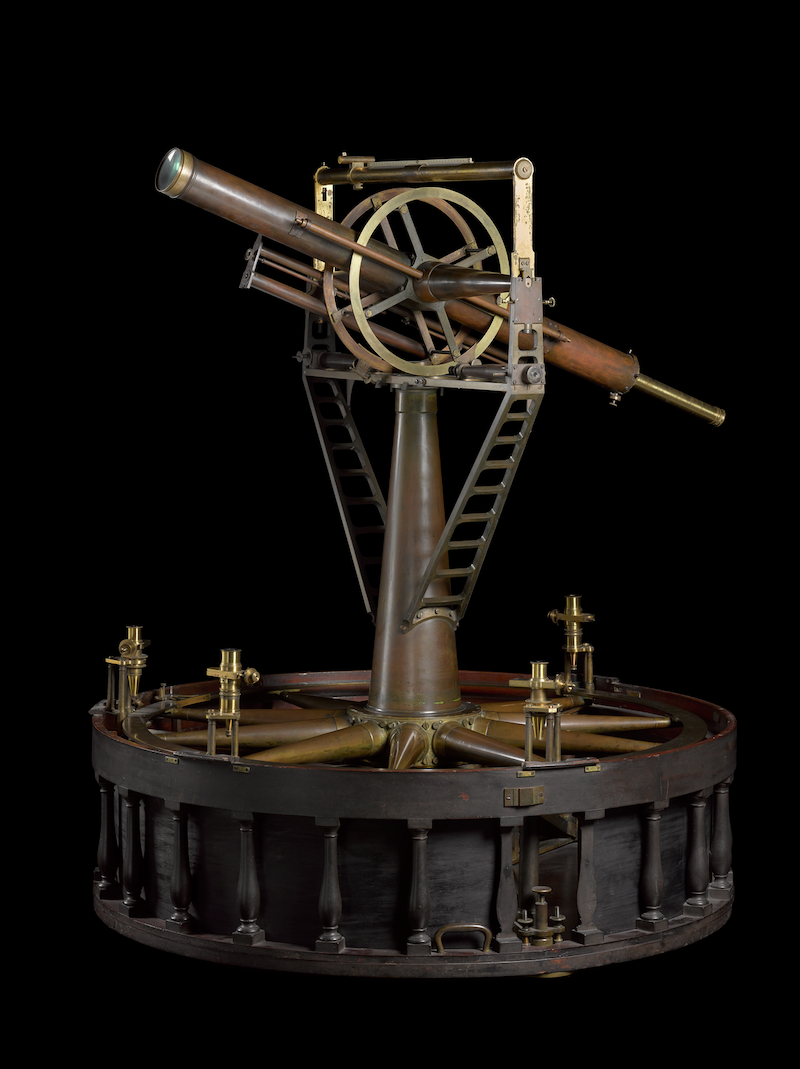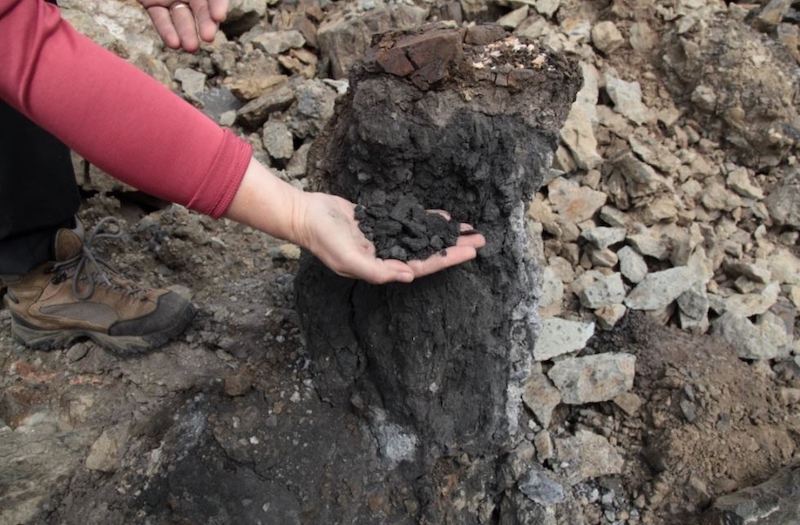Originally posted by WTFH
View Post

The various slippy map interfaces are good for exploring particular regions through time. Here's a side-by-side view of the area around Aldwych before and after there was an Aldwych










Leave a comment: